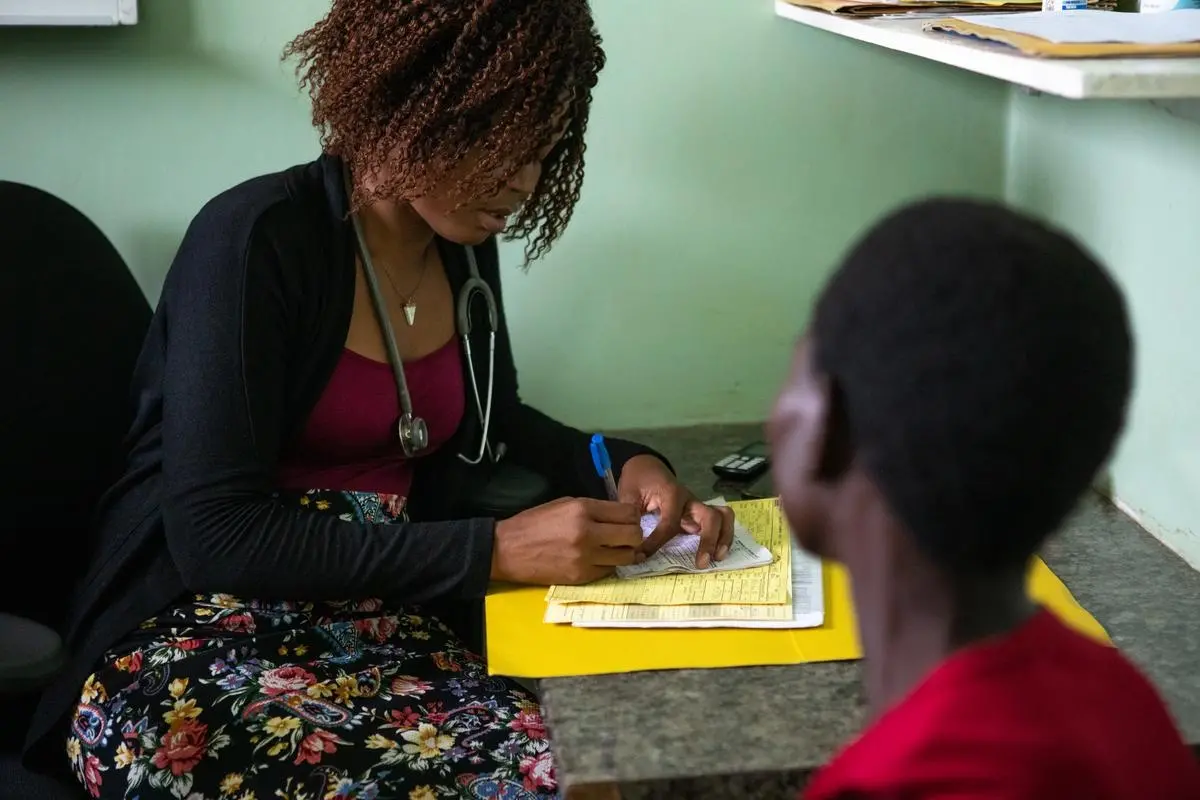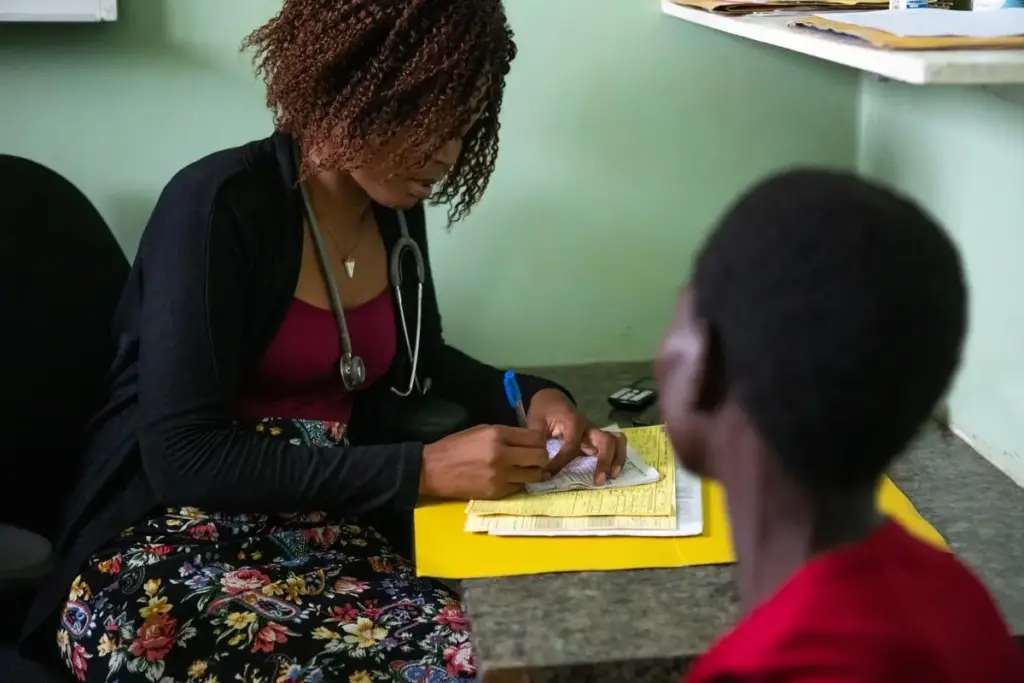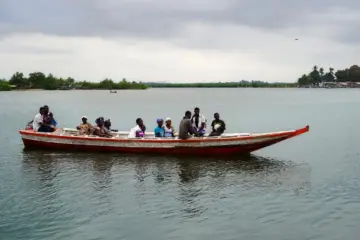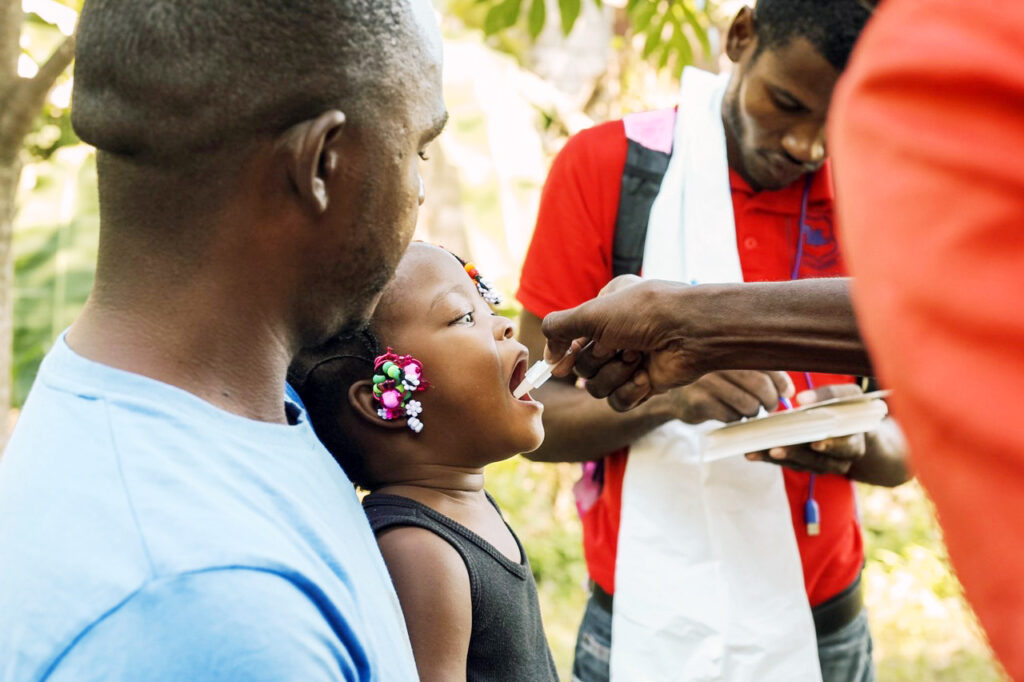These 5 Diseases Are Treatable. They Kill Millions.

More than 90% of community health workers in Peru are women. Delia Lunasco is among them.
Posted on Aug 4, 2023

Cholera is often thought of as a 19th-century disease that spread around the world through travel and trade. But in low- and middle-income countries, especially in the wake of natural disasters, cholera continues to kill tens of thousands of people—even though a simple, effective treatment exists.
A similar narrative emerges with other diseases. Health conditions that have known treatments and cures continue to claim millions of lives worldwide, disproportionately in the Global South. This inequity is due to the enduring injustices of poverty and colonialism that have led to weak health systems and a lack of access to testing, treatment, and care.
These issues bring to light the urgent need for global health equity, a mission that has been the cornerstone of Partners In Health’s efforts around the world for more than 30 years—from our work fighting HIV/AIDS and multidrug-resistant tuberculosis in the 1990s to our response to Ebola, COVID-19, and several other health conditions, including non-communicable diseases.
From Haiti to Lesotho, our work is driven by a simple yet radical idea: health care is a human right, and it should be free and accessible for all people, everywhere. 19th-century diseases should not be a death sentence, anywhere, in the 21st century.
Below are five diseases that are fully treatable but continue to devastate much of the world:
1. Tuberculosis
A cure has existed for tuberculosis for decades. But millions of people continue to be infected and die of the disease, despite diagnosis and treatment being available in wealthy countries. The WHO estimates that 1.6 million people died of TB and 10.6 million fell ill in 2021. Over 80% of these cases and deaths occur in low- and middle-income countries.
2. HIV/AIDS
While no cure exists for HIV/AIDS, the disease is treatable and it is fully possible for people to live long, healthy lives with access to the proper medication and care. Over the past decade, massive strides have been made in widening access to antiretroviral therapy, with 76% of all people living with HIV accessing treatment. Still, 630,000 people died of HIV-related causes and 1.3 million acquired the disease in 2022, highlighting the need for continued efforts to improve access to treatment and care.
3. Malaria
Malaria is curable and can be prevented through measures like mosquito nets, medication, and vaccination. But despite the existence of a cure, 619,000 people died of malaria and 247 million became infected in 2021 due to lack of access to care. And the disease has a disproportionate impact: 96% of deaths and 95% of cases happen in the WHO African Region, with children under 5 accounting for 80% of all malaria deaths in the region.
4. COVID-19
Vaccines and treatments have been developed for COVID-19, the virus that has led to nearly 7 million deaths worldwide since its emergence. Despite the world’s fastest-ever vaccine development—with the first vaccines produced in less than 12 months, without compromising safety—vaccines remained unavailable for most of the global population, as wealthy nations bought up the world’s supply. In 2022, 1.3 million people died of COVID-19—a total that is likely much higher, given that many deaths were not officially reported. Only 23% of people in low-income countries had at least one vaccine dose by November 2022, compared to 80% of people in high-income countries.
5. Cholera
Cholera, which can cause death within 24 hours, is easily treatable: less than 1% of patients die when they’re rehydrated quickly, through oral rehydration solution, a mixture of water, salt, and sugar. But each year, anywhere from 21,000 to 143,000 people die of cholera, due to lack of access to treatment. The disease is especially deadly in countries with weak health systems in the wake of flooding, earthquakes, and other natural disasters, including in Haiti and Malawi.
Originally published on pih.org



